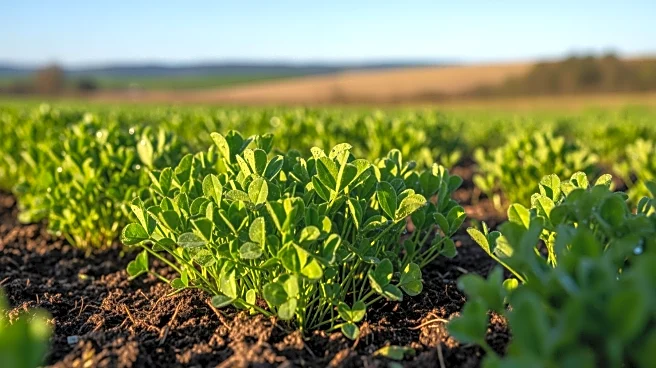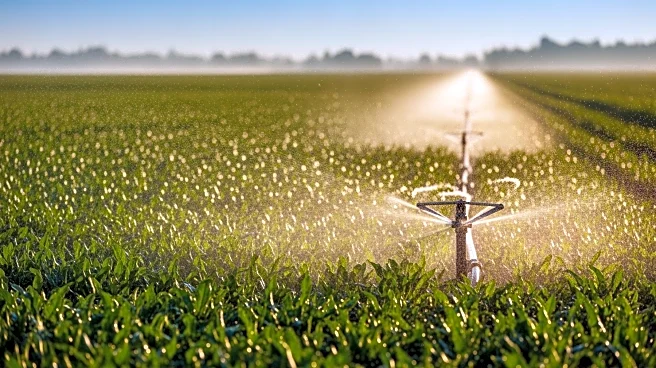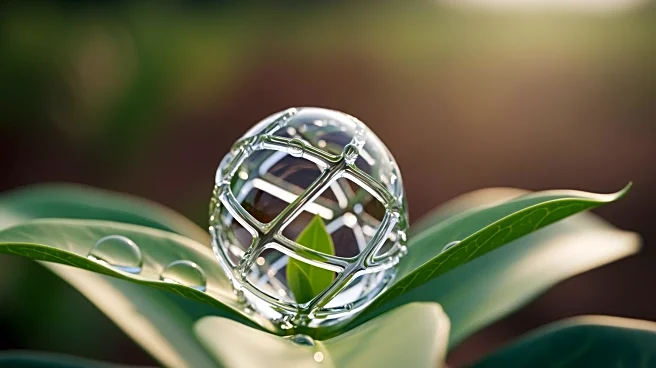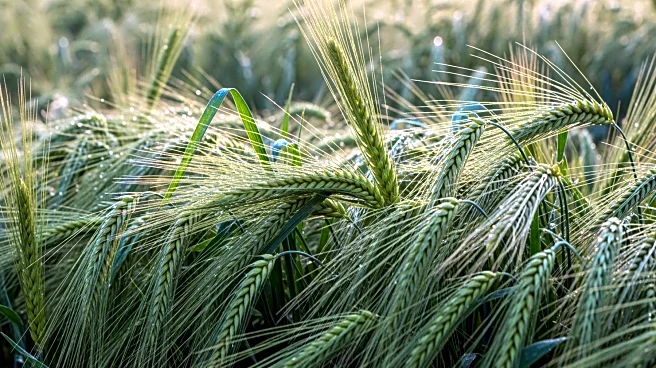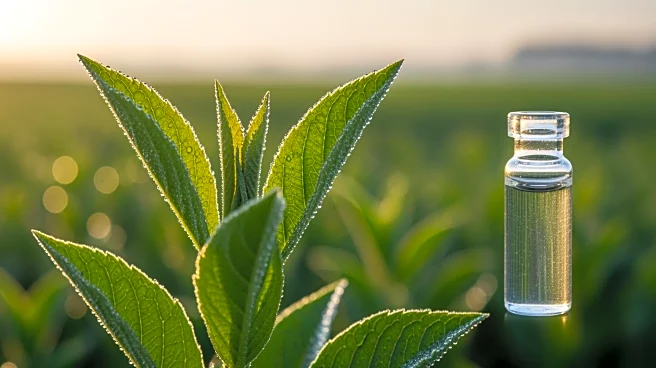What's Happening?
Perennial ground cover (PGC) systems are emerging as a promising option for protecting soil and water resources in the Midwest. Unlike annual cover crops, PGCs are planted once and provide benefits over multiple years, potentially reducing costs and management
time. Research led by Iowa State University focuses on developing PGC species and management practices that avoid competition with grain crops. A study suggests that adopting PGC systems could boost net average returns by $83 per acre by the second year. The approach aims to provide a low-barrier-to-entry option for farms not currently using cover crops.
Why It's Important?
The adoption of perennial cover crops could significantly impact soil conservation and water management in the Midwest, addressing challenges such as soil erosion and nutrient management. By reducing annual seeding and termination expenses, PGC systems offer a cost-effective solution for farmers, potentially increasing crop yields and generating new revenue from stover feedstock. This approach supports sustainable agriculture practices and could lead to widespread adoption across Midwest farms, enhancing environmental benefits and economic returns.





